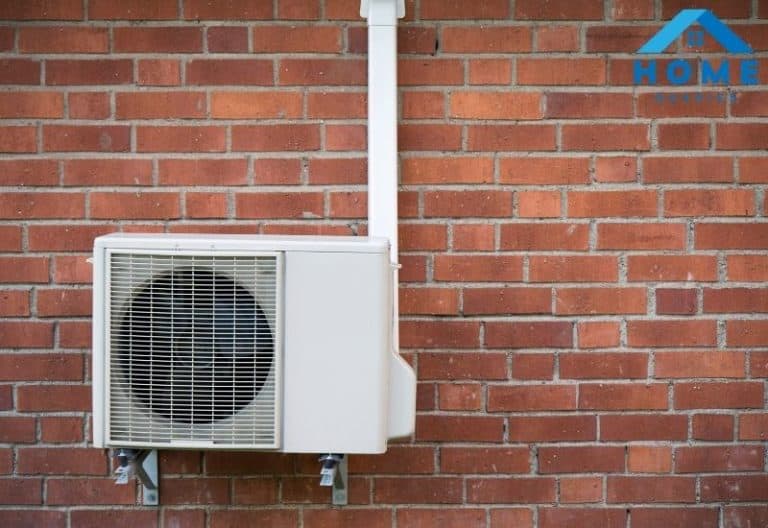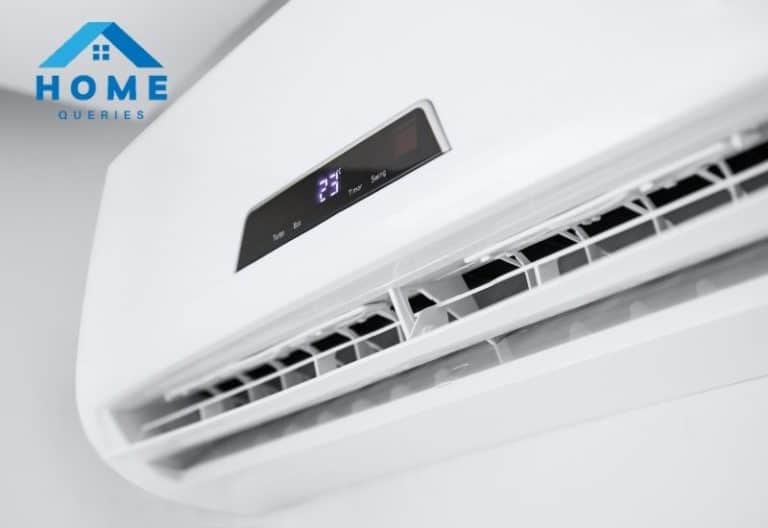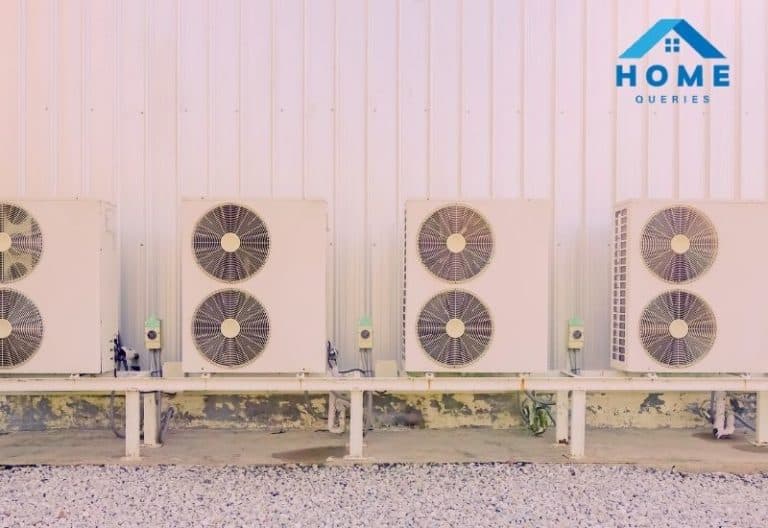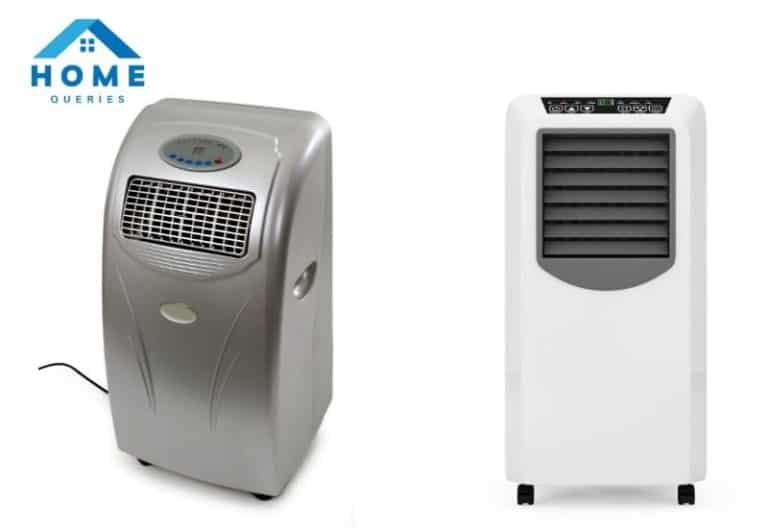I’m gonna be answering, “Can we take GST input on air conditioner?” But before that let’s talk some facts.
The term “input tax credit” refers to claiming a credit for GST paid on the acquisition of goods and services that are used in the course of business. The Input Tax Credit Mechanism is the foundation of GST and one of the important reasons for its implementation.
Because GST is a single tax charged globally (from the time goods/services are manufactured until they reach the final customer), the chain is not disrupted, and everyone can profit from it, ensuring a smooth flow of credit. With the implementation of The GST, difficulties have been resolved because there would be only one indirect tax to pay and a continuous flow of credit. GST paid on all other products and services used in the conduct of trade would be eligible for an input tax credit.
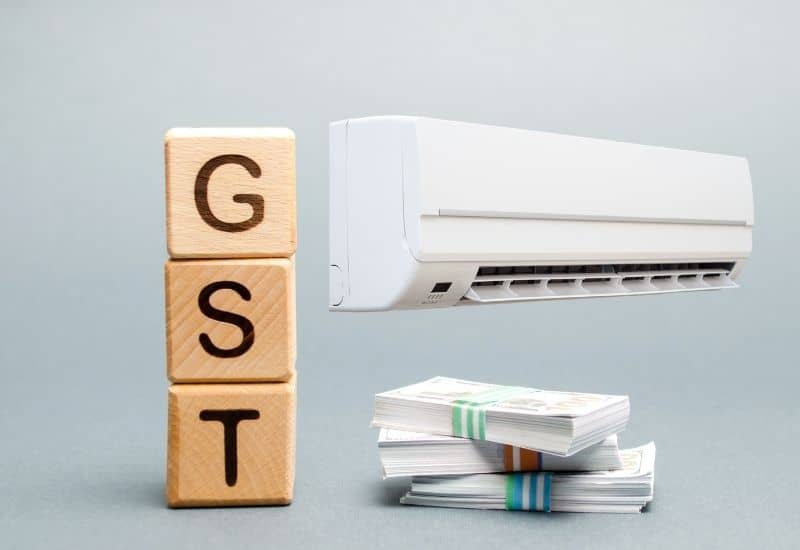
Can We Take GST Input On Air Conditioner?
One of the primary advantages of GST is the continuous and flawless sequence of input tax credits. We can take GST input on an air conditioner or not, depending on the purpose of the purchase of the air conditioner. Except for a few conditions indicated in the Act, any registered person can claim credit for tax paid on inbound supplies of goods or services or both expected to be used in the course of the business. As per the GST Act, you will pay the applicable GST rate when purchasing machinery for your factory.
What Is GST Input?
The efficient flow of input credit across the supply chain (from the manufacturing of products to their consumption) and across the country is one of GST’s most important aspects. Input credit means that when it comes time to pay tax on output, you can deduct the tax you’ve previously paid on supplies and spend the rest.
Such as – When you acquire a product or service from a licensed dealer, you must pay taxes. We collect the tax when we sell. You must balance the tax liabilities (tax on sales minus tax on buy) by adjusting the taxes paid at the time of purchase with the sum of output tax (tax on sales). The usage of the input tax credit is the name of this procedure.
Conditions For GST Input
Only if the following conditions are met will a person be eligible for an input tax credit –
- He has a tax bill or debit note from a GST-registered supplier in his possession.
- He has obtained the items and/or services that he requested.
- He has filed the return under section 39.
- The tax levied in connection with such a supply was really paid to the appropriate Government’s account.
- After any of the below, ITC is not permitted-
- Return due date for the September quarter of the next fiscal year
- For the relevant year, an annual return was filed (Filing date, not due date)
- The person who receives voluntary registration is eligible for an input tax credit for input tax on stock, semi-finished goods, and completed goods in stock kept on the day before the date of incorporation.
- Only purchases made for the purpose of selling taxable or zero-rated goods or services are eligible for the input tax credit. Purchases of exempted supplies do not qualify for ITC.
- When the product is received in lots or installments against an invoice, the taxable person has a right to credit upon acceptance of the last lot or installment.
- If the individual has claimed amortization in the income tax act for the GST component, the input tax credit for the GST component is not granted. In other words, a person can either claim depreciation on the tax component or obtain GST input tax credit on capital items.
- A registered taxable person can claim an input tax credit for products and/or services related to only taxable suppliers. The amount of acceptable credit would be determined according to the rules set forth in section 16(7). It’s worth noting that credit for capital items will now be allowed on a proportionate basis.
ITC is not available for i. Capital Items used solely for the manufacture of exempted goods ii. Capital Equipment is used solely for non-commercial (personal) purposes. If depreciation on the tax element of capital equipment has been claimed, no ITC will be awarded.
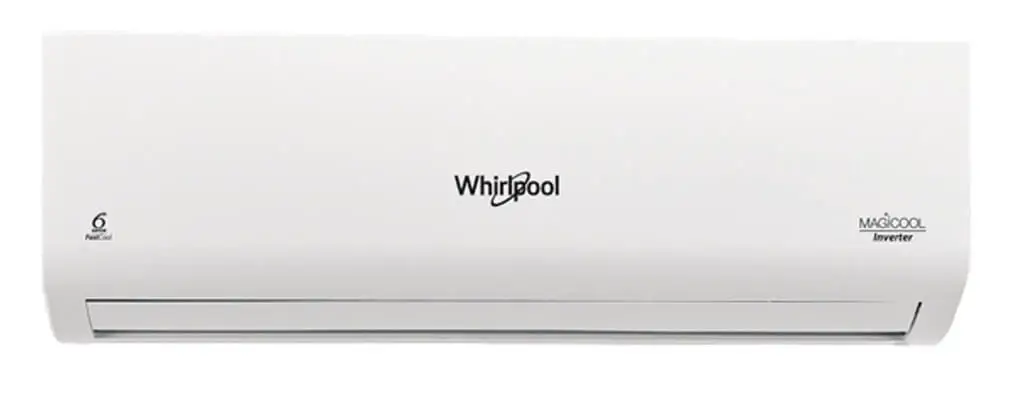
Eligibility Of GST Input
The following items are not eligible for GST input tax credit –
- Unless they’re used, automobiles and other modes of transportation are prohibited.
- Other than plant and machinery, products or services obtained by a taxable person for the building of real property on his own account, even if utilized in the course or furtherance of business.
- Except for where it is an inputs service for the further supply of a part of the procurement service, works contract services are provided for the building of the real property, other than plant & equipment.
- Employees on vacation receive travel incentives such as absence or home travel reductions.
- It will be an exception if such inward supply of products or services of a particular category is utilized by a registered taxable person to make an outbound taxable supply of the same type of goods or services, meals, and drinks, outdoor catering, cosmetic treatment, medical services, cosmetic and plastic surgery.
- Unless the Government notifies the services that an employer is required to provide to its employees under any law currently in force or such inside supply of items and/or services and both of a specific category is used by a registered user for making an external taxable supply of the same sort of items and/or services or both, or as part of a taxable composite or blended supply.
- They are providing instruction in driving, flying, or maneuvering such vehicles or modes of transportation.
- Goods and/or commodities on which a composition scheme tax has been paid.
- Goods and/or commodities intended for personal use.
- Things that have been misplaced, taken, destroyed, written off, or given away as gifts or free samples.
Read more: Are Ductless Mini Splits Loud?
Reversal Of GST Input
- For invoices not paid before 180 days of issue, the ITC will be reversed.
- This is for the purpose of ISD; if the seller provided a credit note to the HO, the ITC that was later decreased would be reversed.
- This is for companies who use resources for both commercial and non-commercial (personal) purposes. ITC must be reversed proportionately in the proportion of input goods/services in use for personal purposes.
- This is determined after the annual report has been submitted. If the total ITC on exempted/non-business inputs exceeds the ITC completely reversed during the year, the difference is applied to the output liability. Interest will be charged.
The ITC claimed by the individual must match the information provided by the supplier in his Gst. Any inconsistencies would be disclosed to the supplier and receiver in the event of a mismatch.
Can Everyone Claim GST Input?
A person who is registered for GST can only claim ITC if he meets ALL of the requirements –
- A tax invoice should be in the dealer’s possession.
- The specified goods/services have been delivered.
- The tax returns have been submitted.
- The tax levied has been paid by the provider to the Government.
- ITC can be collected only when the last batch of goods is received when products are delivered in installments.
- If depreciation on the tax element of a capital good has been claimed, no ITC will be awarded.
Documents Required For Taking GST Input
To claim an ITC, you’ll need the following documents:
- Goods/services invoice provided by the supplier
- The debit note provided to the recipient by the supplier (if any)
- Invoice of entry
- An invoice is produced in particular instances, such as when a bill of supply is provided instead of a tax invoice if the sum is around Rs 200 or when the GST law requires the reverse charge.
- An invoice or credit note generated by an Input Service Distributor (ISD) in accordance with the GST invoice requirements.
- A bill of supply provided by products and services or both suppliers.
GST Input Effect On Air Conditioner
On the implementation of The GST, the tax rates were lowered for most electrical items but apart from air conditioners and large screen TVs, which now fall under the 28 percent tax slab. Most electronic goods were taxed at a lower rate after the implementation of GST, with the exception of air conditioners and large-screen televisions, which are now subject to a 28 percent tax rate.
Air conditioners are subject to a 28 percent GST charge. Consumers will bear the brunt of the higher tax burden borne by businesses. As a result, air conditioner prices have increased by 1% to 5%. Depending on the condition of the transaction, VAT is presumed to be 14 percent. As a result, air conditioners now cost more than they did before the GST.
Almost all electronic goods, including air conditioners, are subject to GST. GST has four major tax rates: 5%, 12 percent, 18 percent, and 28 percent. Essential commodities are subject to a 5% surcharge. The standard rates are 12 percent and 18 percent, respectively. Luxury items are taxed at a rate of 28%.
Because air conditioners are classified as a luxury items, they are taxed at a rate of 28 percent. However, when the climate changes and the temperature rises, air conditioners are no longer considered a luxury purchase. It has now become a must.
Taking GST Input On Air Conditioner
Every GST-registered individual is entitled to an input tax credit (ITC) on purchases of goods and services used in the operation of their business. However, section 17(5) limits ITC on goods/services received on a taxable person’s account for the building of immovable property apart from plant and machinery for use in the course of business.
What exactly is immovable property? Immovable property is defined as “devices connected to the earth or firmly affixed to the walls and buildings” in Section 3(26) of the Contracts Act of 1897. Despite the fact that air conditioners are mounted on the walls, they may be removed and relocated. It isn’t a portable asset.
Because a centralized air conditioning system is deemed a plant and machinery rather than immovable property, the restrictions imposed by Section 17(5) should not be applicable. The expense of the air conditioner, on the other hand, should be booked separately as plant & equipment and not included in the construction costs.
In addition, if the AC is placed in a corporate office or factory, ITC may be available, and one can take GST input. If the delivery comprises both taxable and exempt products, ITC reversal shall be done in accordance with GST Rules 42 and 43.
To encourage the sale of local goods, the Government has maintained a high import charge on air conditioners. The increased import charges are designed to deter businesses from importing parts from outside the country rather than substituting them with goods made in the country.
Benefits Of GST Input On Air Conditioner
Consumer durables were subject to a VAT rate ranging from 12.5 percent to 14.5 percent, depending on what state where the transaction occurred. Aside from that, a 12.5 percent excise duty and cess were imposed. Air conditioners were charged at a maximum of 27% across the board. Air conditioners are subject to a 28 percent GST levy. The ultimate price of the product has increased as a result of an increase in the tax rate.
The most significant advantage is that raw material makers and dealers can now claim ITC. As a result, the taxation cascade effect is eliminated.
Conclusion
Air conditioning is unquestionably necessary, especially for those who live in a hot, humid region. Can we take GST input on air conditioner? The fact that basic electrical goods like air conditioners are still regarded as luxury items rather than a need is evidence that they are still considered luxury items.
As a result of the higher tax rates, air conditioner prices will rise. It is hoped that after reading this article, you will be able to judge whether or not one can claim GST Input on air conditioners.

![Should I Keep Window Air Conditioner Exhaust Open Or Closed [Explained] 3 Should I Keep Window Air Conditioner Exhaust Open Or Closed [Explained]](https://homequeries.com/wp-content/uploads/2022/01/window-air-conditioner-exhaust-open-or-closed-768x528.jpg)
![How Long Do Goodman Air Conditioners Last? [Answered] 4 How Long Do Goodman Air Conditioners Last? [Answered]](https://homequeries.com/wp-content/uploads/2021/12/Untitled-design-8-768x528.jpg)
